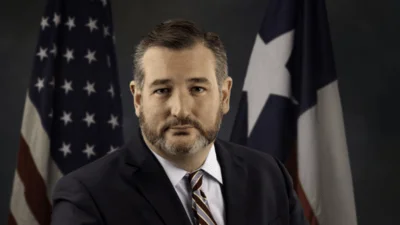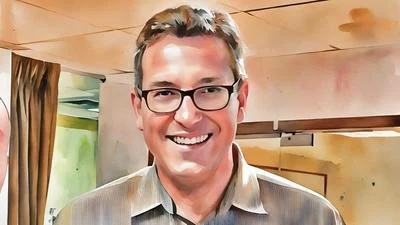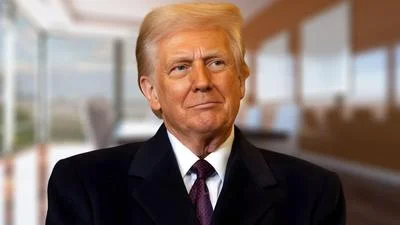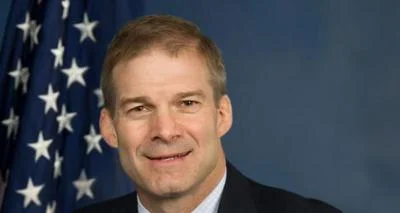The Congressional Record is a unique source of public documentation. It started in 1873, documenting nearly all the major and minor policies being discussed and debated.
“TRIBUTE TO THE HONORABLE DANIEL PATRICK MOYNIHAN” mentioning the U.S. Dept. of Transportation was published in the Senate section on pages S11296-S11297 on Oct. 28, 2000.
The publication is reproduced in full below:
TRIBUTE TO THE HONORABLE DANIEL PATRICK MOYNIHAN
Mr. BENNETT. Mr. President, the session is winding down. We are at a point where we are doing pro forma things.
I have neglected to do something I think is important to do and that I have wanted to do. I will take the time available to us at the moment to fulfill my obligation.
I wish to pay appropriate tribute to the senior Senator from New York, Mr. Moynihan, on the occasion of his retirement. I have already done this within the committee on which we jointly sit, but I think at a more formal setting it is also appropriate.
I first met Pat Moynihan when I was serving in the Nixon administration. He was then a member of the White House staff. I was serving in the Department of Transportation. He was the President's primary enforcer, if you will, of improvements and efficiencies in the executive branch, particularly in domestic departments. We at the Department of Transportation were a little bit in awe, if not in terror, of the thought of Pat Moynihan showing up and checking on us to make sure we were doing things right.
I remember one meeting in the White House where we were outlining what we wanted to do, that which I considered to be fairly bold, and listening to Moynihan saying: Well, in a Republican administration, this is probably about the best you could expect. He wanted us to be considerably bolder than we were. He wanted to go into directions of new initiatives that would have been very good for the country.
In addition to this, he was one of the architects of Nixon's program of family maintenance which, had it been enacted over the objections of the Democrats, probably would have solved many of our welfare problems.
Mr. Moynihan was well respected then. President Nixon later used him as Ambassador to the United Nations and Ambassador to India. When he was running for a seat in the Senate, even though he was a Democrat, I, for one, was rooting for him to win.
I have just finished reading a book called ``The Trust,'' which is the history of New York City. I was interested to find that the editorial board of the New York Times almost unanimously decided that in that primary they were going to endorse Bella Abzug for the Senate seat in New York. Fortunately, the publisher of the New York Times, Punch Sulzberger, came to his senses long enough to dictate a New York Times endorsement of Pat Moynihan, and this body was spared the experience of having Mrs. Abzug as the Senator from New York.
Senator Moynihan and I have disagreed about a number of issues since we have been here. We have debated on many issues and clashed many times, but we have served together in many areas. He was a member of the Senate Y2K committee, a committed, active member who scheduled hearings in his home State of New York. We went there often. I was always impressed and uplifted by the amount of bipartisan support he gave to that effort. He was always well informed and completely without guile or without bitterness.
He now goes on to a career he loves, which is teaching. I have read some of his books and wish I could be one of his students.
This country will hang on to Pat Moynihan as a major resource and a national treasure for the remainder of his life. But we in the Senate have been well served by having him here as our colleague.
One last thing I will say about Pat Moynihan, which is little known but which demonstrates the man, there is a story going around in Washington that says when John F. Kennedy went down Pennsylvania Avenue in his inaugural parade, he saw how shabby the avenue was, and with that vision often attributed to the Kennedy clan, he said we must do something to clean up Pennsylvania Avenue, and the restoration of Pennsylvania Avenue then occurred. Well, in fact, from the scholarly writings of Pat Moynihan, we find that it was not John F. Kennedy at all; it was Arthur Goldberg, who was in that parade and saw that shabbiness of Pennsylvania Avenue, who pointed it out to President Kennedy and, to his credit, the President said, ``Yes, let's do something about it.'' But he probably gave it no more thought than that.
The assignment of seeing that something was done to the Nation's most monumental avenue ultimately fell to a young staffer named Pat Moynihan. It was he who drove the effort to see to it that Pennsylvania Avenue was cleaned up from the pawnshops and the other shabby architectural edifices that were there to the monumental avenue that it is today. Interestingly enough, it was while he was chairman of the Senate Environment and Public Works Committee, leaning on the public works side of that environment, where he led the effort within the Congress to see to it that the necessary money was appropriated to build the monumental buildings of which we are all so proud.
So we have a lasting architectural legacy to the public career of Pat Moynihan right here in the District of Columbia. I, for one, shall miss him. But I look forward to staying in touch with him as he tells me that he is going to stay in the Washington area and teach. I hope that at some point, when my career in the Senate ends, he is still teaching and I can take one of his classes. It has been a great privilege to serve in the Senate with the senior Senator from New York.
The PRESIDING OFFICER. The Senator from Pennsylvania is recognized.
____________________








